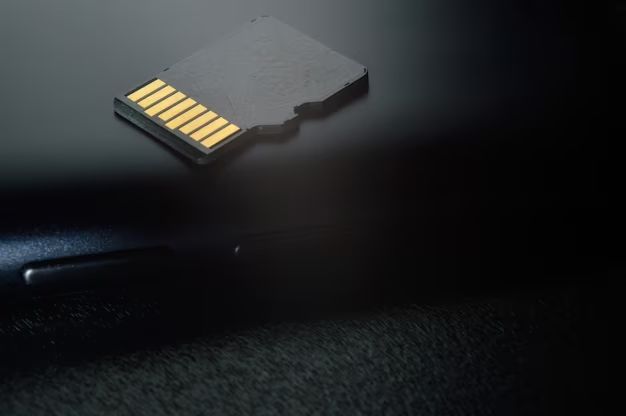Using an SD card as internal storage on your Android device can be convenient, but there are some important considerations to keep in mind. In this article, we’ll explore the pros and cons of using an SD card as internal storage so you can decide if it’s the right choice for you.
What does using an SD card as internal storage mean?
By default, most Android devices treat the SD card as portable or external storage. This means you can easily remove the card to transfer files between devices. However, some Android devices include an option to format the SD card and use it as internal storage instead. When used as internal storage, the SD card acts like it’s part of the built-in internal storage of your phone or tablet.
Some key differences between portable and internal SD card storage:
- Portable: Can be easily removed and files accessed by other devices. Not encrypted.
- Internal: Encrypted and tied to the device. Can’t be removed without reformatting.
Pros of using an SD card as internal storage
More storage for apps and files
One of the biggest advantages of using SD as internal storage is that it dramatically increases the overall capacity of your device. This allows you to install more apps and store more photos, videos, music, and other files.
Faster performance
Using SD as internal storage can provide faster read/write speeds compared to portable SD storage. This improved performance helps apps and games run smoother.
Data is encrypted
With internal storage, your SD card data is encrypted just like the built-in storage. This protects your information in case your phone is lost or stolen.
Cons of using an SD card as internal storage
SD card may fail or get corrupted
There is always a risk of physical SD card failure. If that happens with internal storage, you could lose access to apps and files stored on the card. Portable storage is easier to replace.
Difficult to remove or replace SD card
Since internal storage is encrypted and tied to the device, you can’t simply remove and replace the SD card like you can with portable storage. The SD card is integrated into the device storage.
Increased wear and tear on SD card
Using the SD card as internal storage will result in significantly more read/write cycles compared to portable storage. This increased wear and tear means the card may fail or need to be replaced sooner.
Should you use an SD card as internal storage?
Here are some guidelines on when it may (or may not) make sense to use your SD card as internal storage:
Use as internal storage when:
- You need more device storage and plan to keep the SD card installed long term
- You want better performance from apps/games stored on the card
- You prioritize data security/encryption
Use as portable storage when:
- You swap SD cards frequently between devices
- You want to easily access files from a PC
- You prioritize SD card lifespan over performance
Tips for using SD as internal storage
- Choose a high-quality, high-speed SD card designed for intense read/write cycles
- Make regular backups of important SD card data in case of failure
- Check for app compatibility issues before migrating apps to SD card
- Be prepared to reformat if you want to remove or replace the SD card
Conclusion
Using your SD card as internal storage can be a great way to dramatically increase your device’s capacity. However, there are some tradeoffs to consider in terms of performance, lifespan, and convenience. Evaluate your specific needs and usage patterns carefully before deciding if internal SD storage is the right choice.
